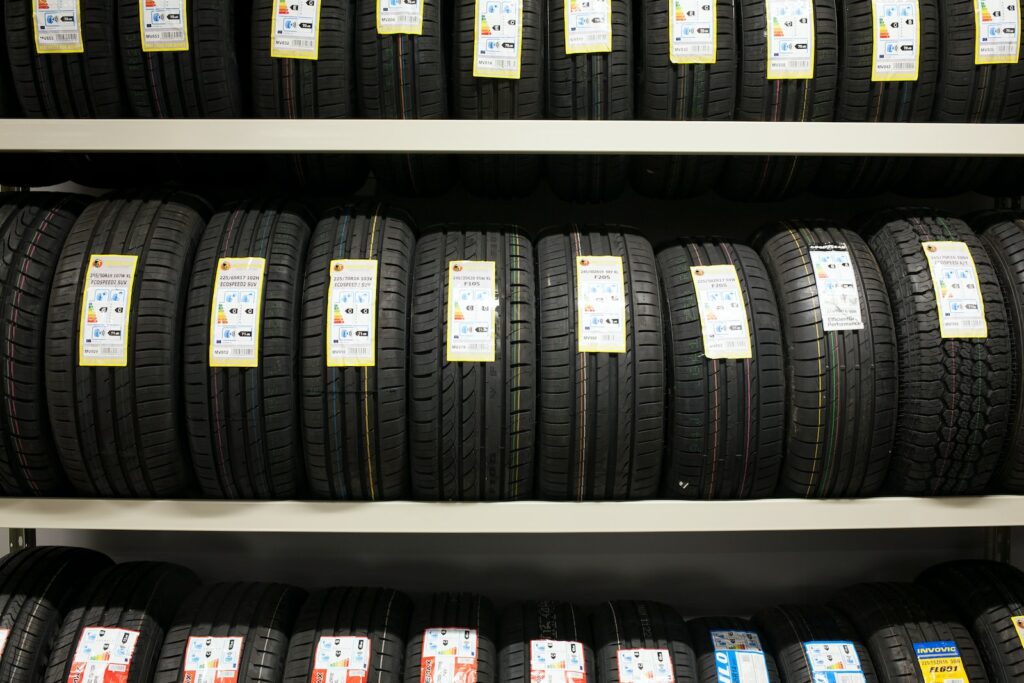When it comes to upgrading your car’s handling and performance, one of the most important things to consider is the tires. Performance tires, also known as high-performance tires, are designed to provide superior handling and grip in high-speed driving situations. They are an essential component of any car that is built for speed and agility. In this article, we’ll take a closer look at what performance tires are, the benefits they offer, and how to use them safely and effectively.
Purpose of Performance Tires
The purpose of performance tires is to provide increased traction and handling in high-speed driving conditions. They are designed to deliver greater levels of grip and stability than standard tires, which allows for better control and handling of the vehicle at high speeds. This is achieved through a combination of factors, such as a harder rubber compound, unique tread patterns, and specialized construction techniques.
Why are Performance Tires Important?
Performance tires are important because they play a critical role in the overall handling and performance of a car. They are the only point of contact between the car and the road, and their ability to grip the surface of the road can greatly affect the car’s ability to accelerate, brake, and turn.
Performance tires are essential for any car that is built for speed and agility. They can provide increased traction and stability, which can result in better control of the vehicle and improved performance in high-speed driving conditions. This is particularly true for sports cars and high-performance vehicles, which are designed to be driven at high speeds and require tires that can keep up with the demands of the vehicle.
Benefits of Performance Tires
- Increased Traction: Performance tires are designed to provide superior grip and traction in high-speed driving conditions. This means that they can help to improve the car’s ability to accelerate, brake, and turn, which can result in better control and handling of the vehicle.
- Improved Performance: The increased traction and stability offered by performance tires can result in improved performance in high-speed driving conditions. This is particularly true for sports cars and high-performance vehicles, which are designed to be driven at high speeds and require tires that can keep up with the demands of the vehicle.
- Enhanced Handling: Performance Tires are designed to provide greater levels of stability and control, which can greatly enhance the handling of the vehicle. This can result in a more enjoyable driving experience, especially for drivers who enjoy pushing the limits of their car’s capabilities.
- Longer Tread Life: Some performance tires have longer tread life than the standard tires, this is due to the harder rubber compounds and specialized construction techniques used in their manufacturing.
Using Performance Tires Safely
- It’s important to note that performance tires are designed for high-speed driving conditions, and are not suitable for all types of driving. They should not be used for off-roading, snow, or ice driving, as the tread patterns and rubber compounds are not designed to provide optimal traction in these conditions.
- Always check the manufacturer’s recommendations for the recommended tire pressure for your specific tires. Under-inflation or over-inflation can affect the performance and handling of your tires, and can also lead to uneven wear.
- It’s also important to keep an eye on the tread wear of your performance tires, as they may need to be replaced more frequently than standard tires. Always check the manufacturer’s recommended tread depth and replace the tires if they have reached the minimum limit.
- Always drive within your limits, do not exceed the speed limit, and be mindful of road conditions. Performance Tires can give you the confidence to drive more aggressively, but it’s important to remember that they won’t make you a better driver. Always pay attention to the road and drive responsibly.
Why was Performance Tires Invented?
Performance Tires were first developed in the 1960s and 1970s, as car manufacturers began to build cars with higher performance capabilities. As cars became faster and more powerful, the need for tires that could keep up with the demands of these vehicles became increasingly apparent.
Performance Tires were developed as a response to this need, as they were designed to provide superior traction and stability in high-speed driving conditions. They were also made with harder rubber compounds and specialized tread patterns that could withstand the high speeds and stresses of high-performance driving.
Other Types of Tires
- Summer Tires: These are designed to provide optimal performance in warm weather conditions, with a focus on providing increased traction and handling on dry and wet roads.
- All-Season Tires: These are designed to provide a balance of performance in both warm and cold weather conditions. They can provide good traction on dry, wet and snowy road conditions.
- Winter Tires: These are designed to provide optimal performance in cold weather conditions, with a focus on providing increased traction and handling on snowy and icy roads.
In conclusion, Performance Tires are an essential component of any car that is built for speed and agility. They provide increased traction and stability, which can result in better control of the vehicle and improved performance in high-speed driving conditions. Always keep in mind their specific usage, maintain them correctly, and always drive safely. It is also important to consider other types of tires based on your specific driving needs.




